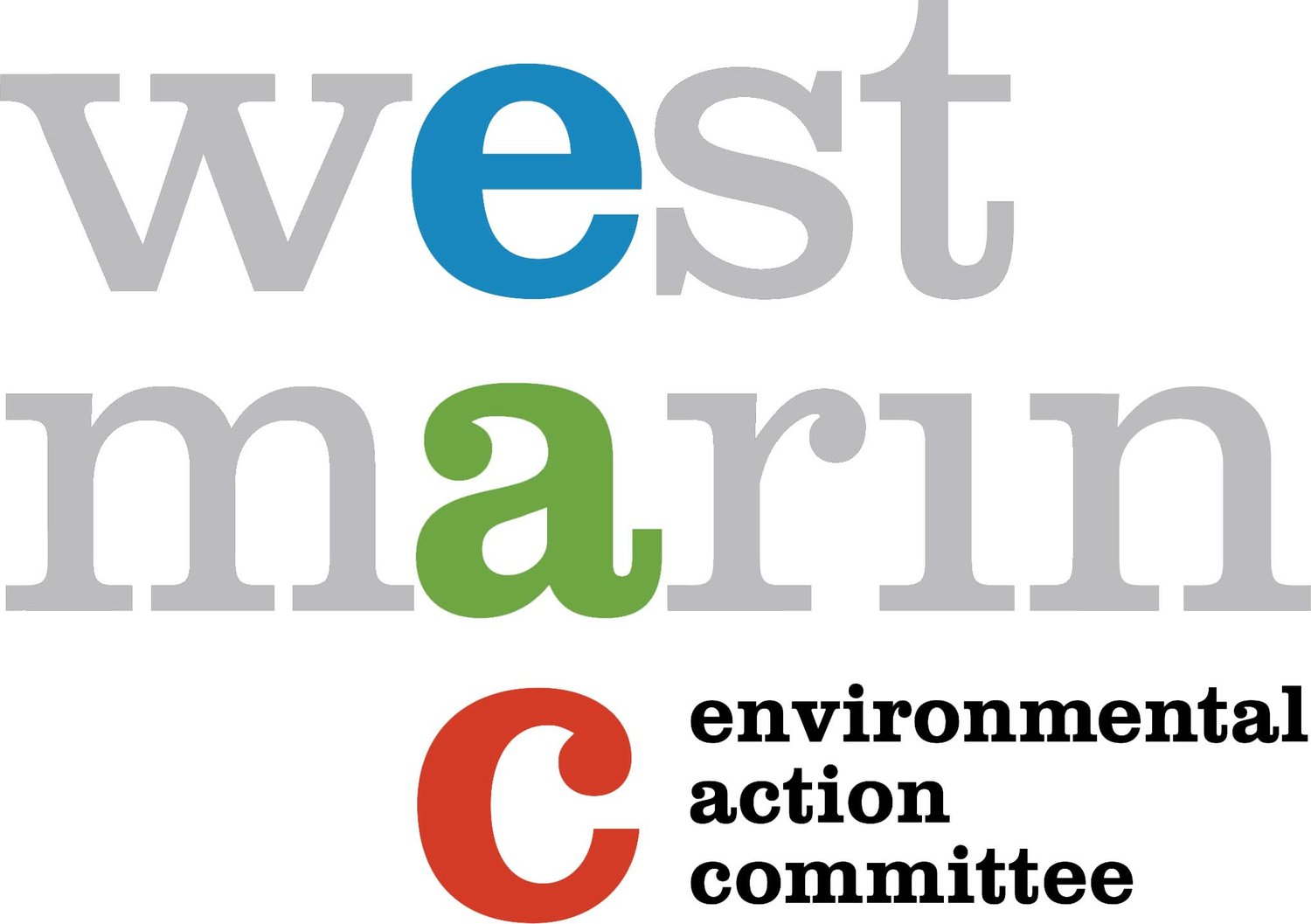As of June 13th, nineteen gray whales have washed up dead along Bay Area shores this year, including at West Marin locations such as Point Reyes National Seashore, Bolinas, and Rodeo Beach.
This year’s alarming death toll represents a sharp spike within an already troubling long-term trend. Although researchers have not recorded this level of gray whale mortality in the Bay Area since 2000, elevated losses have been observed range-wide in recent years. From 2018 to 2023, the National Oceanic and Atmospheric Administration (NOAA) declared an Unusual Mortality Event for the species, during which the population declined by an estimated 40%.




